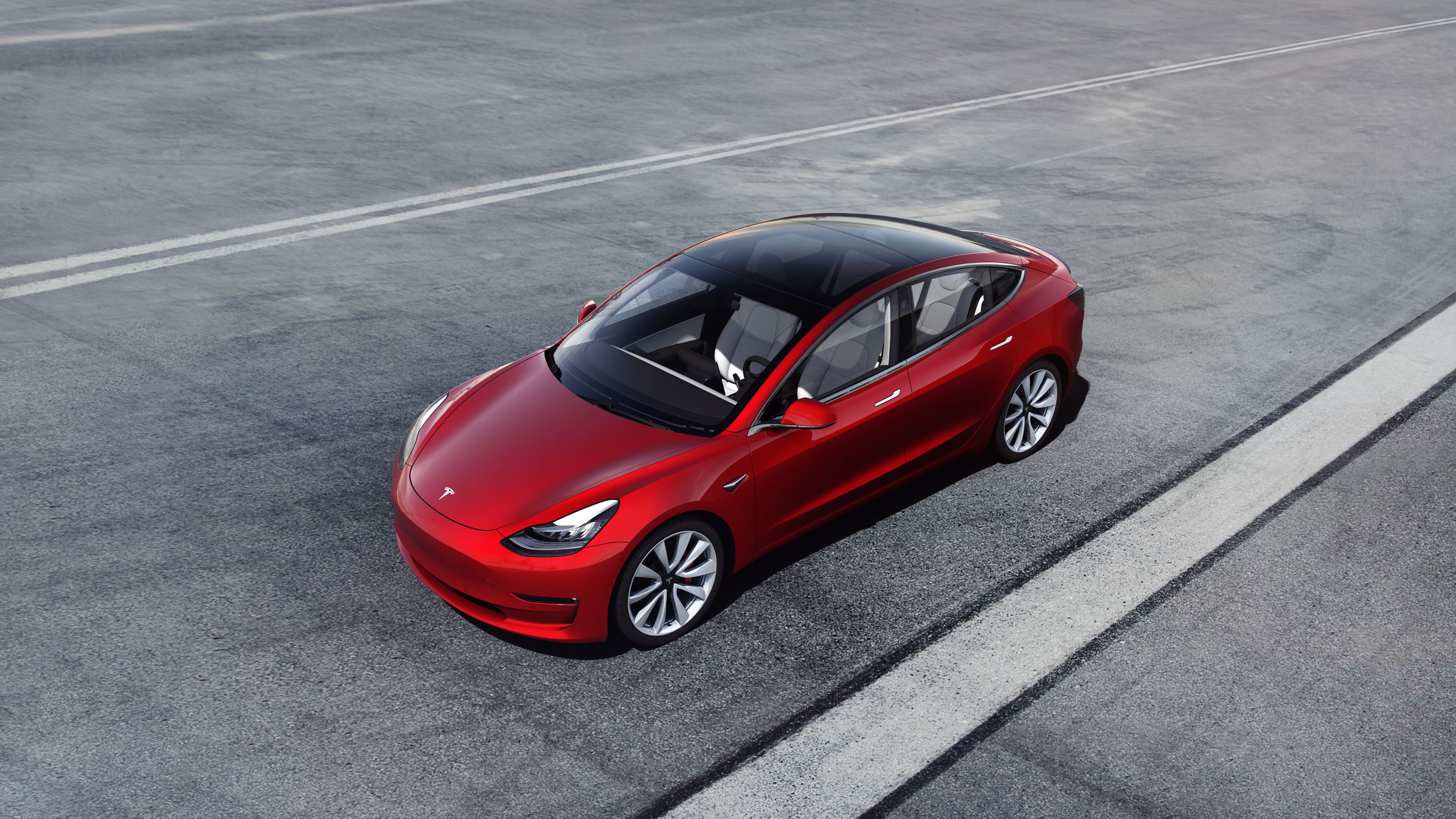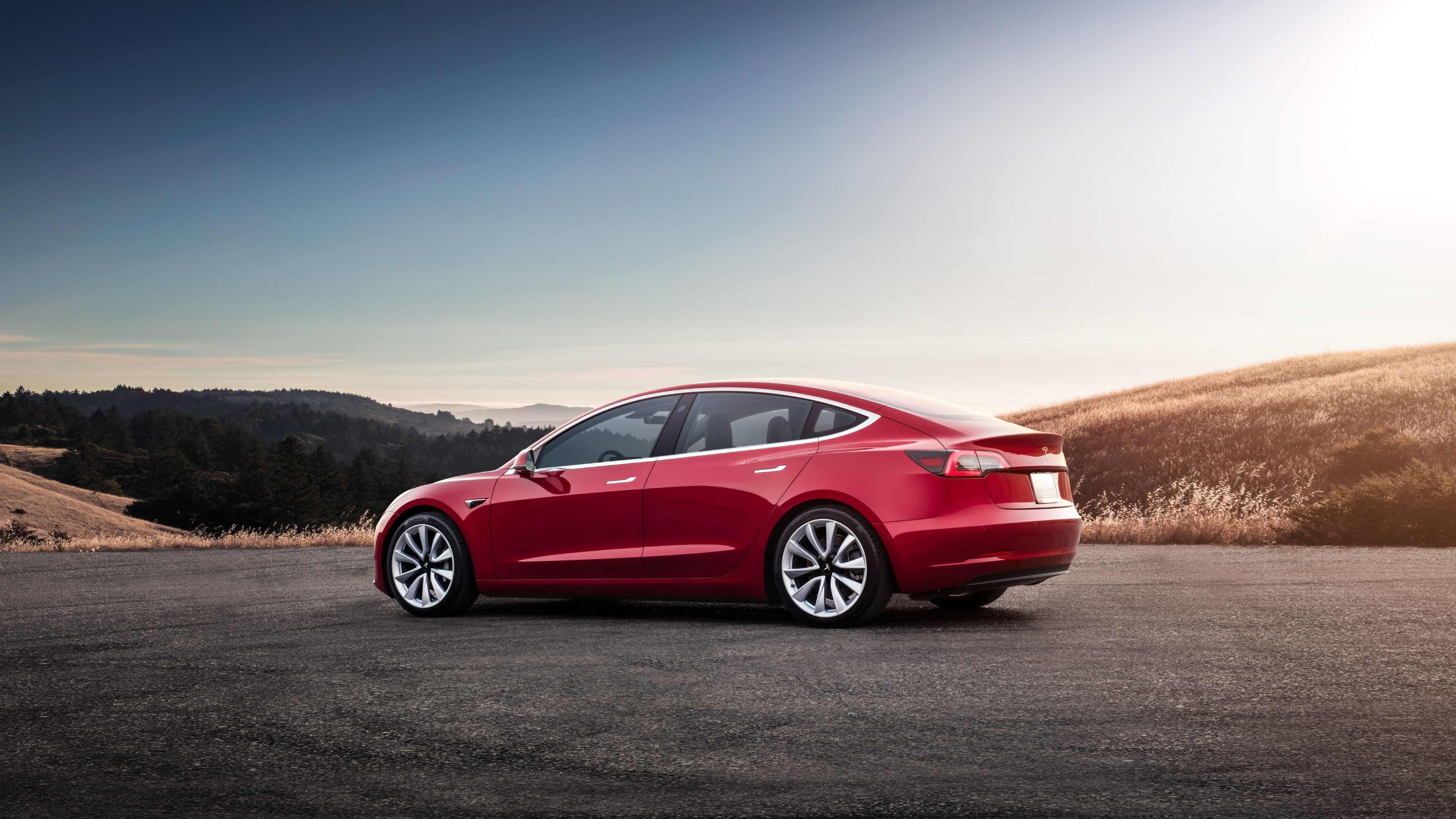Unless your internal combustion engine car is rated for a healthy wading depth, taking it into the waters is the worst idea. These fuel-powered mills are susceptible to hydrolocks that could seize the engine in the worst-case scenario. But, is it the same with EVs? Not really. Electric vehicles don’t have an ICE, so they are not prone to hydrolocks, and this Tesla right here proves it.
As you can see in the video, this Tesla Model 3 floated and swam across to the other side in what appears to be rather deep waters for a sedan. This right here goes on to prove how versatile EVs are.
Just Because It Can, Doesn’t Mean You Should
Although electric vehicles aren’t as vulnerable as internal combustion-engined cars, it doesn’t mean they can swim. EV czar and Tesla CEO, Elon Musk, has stated on previous occasions that the Tesla Model S can float in the water like a boat. However, it is certainly not recommended. Back in 2016, he tweeted about it – “We *def* don't recommended this, but Model S floats well enough to turn it into a boat for short periods of time. Thrust via wheel rotation.”
Why Are EVs Safer In Water When Compared To Internal Combustion Engine Cars?
First up, what is a hydrolock? When an ICE vehicle goes through water, it can enter the engine through the vehicle's air intake valve. As you know, the vehicle needs its pistons to function smoothly for ignition. However, when the water gets into the cylinder, it replaces the gas required for combustion.
Since water is non-compressible, it stops the piston from completing its stroke required to create the spark that ignites the engine, thus causing a mechanical failure, which could lead to an engine seizure. That is why it’s said never to turn on the ignition if your car is in deep waters as it could allow the water to enter the cylinders.
This phenomenon is applicable only in the case of ICE cars and not EVs. Most of the EVs available in the market today use a skateboard-design platform wherein they pack the batteries in the floor. The batteries are usually packed and sealed well - that could avoid water penetration - and since there are no cylinders and pistons here, it is comparatively safer.
Not to mention, EVs have a lot of electric parts even inside the cabin, so it’s not the best idea to test your EVs swimming skills ever.
Can The Tesla Cybertruck Float?
Since the Cybertruck features a unibody exoskeleton and not a typical skateboard design platform, you must be wondering if the Cybertruck is also as versatile as this Model 3. Musk was asked a question on similar on Twitter earlier this year, and he replied saying, “Yes. It will even float for a while.”
To add further rigidity to the floor, vertical separators are placed within the batteries pack that run front to back and sideways. This design element could have something to do with the heavy truck being able to float in water.
Also, the Cybertruck doesn’t have any ‘air dams’ around the body. So, this boxy figure should be able to serve as a part-time amphibious vehicle as well. The solid skid plate under the front bumper should further help the cause.
Final Thoughts
The video of the Model 3 floating looks to be from China; a country that has flooding problems quite often. China will be a great testing ground for Tesla in this case and we’ll have to wait to see if the company can counter this problem in some way and make the Teslas more amphibious.
Have you ever encountered such a situation? Share your experiences with us in the comments section below.


